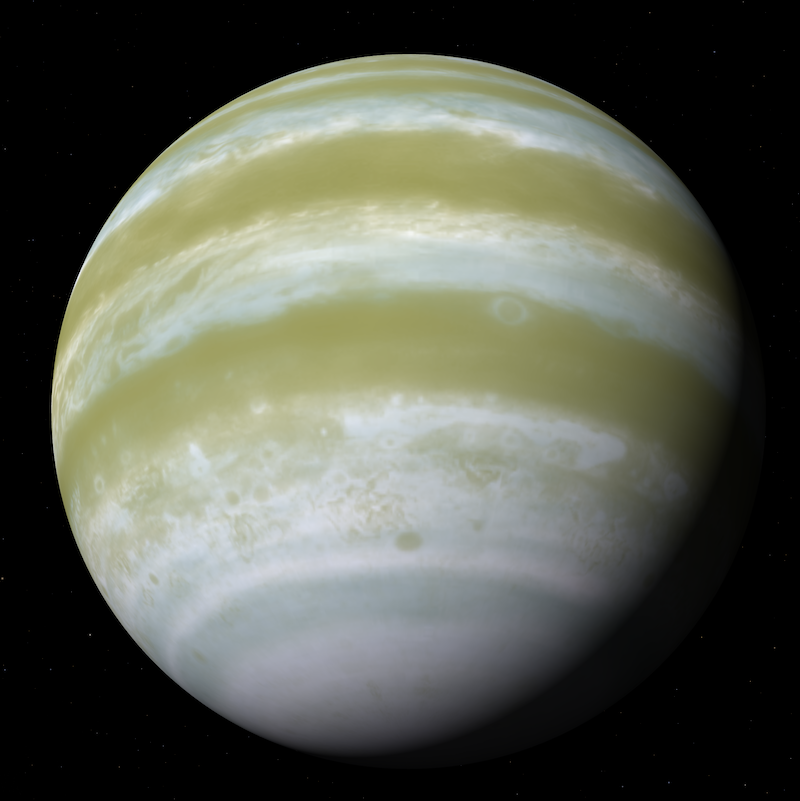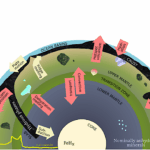Now Reading: New Tumbleweed rovers could transform Mars exploration
-
01
New Tumbleweed rovers could transform Mars exploration
New Tumbleweed rovers could transform Mars exploration
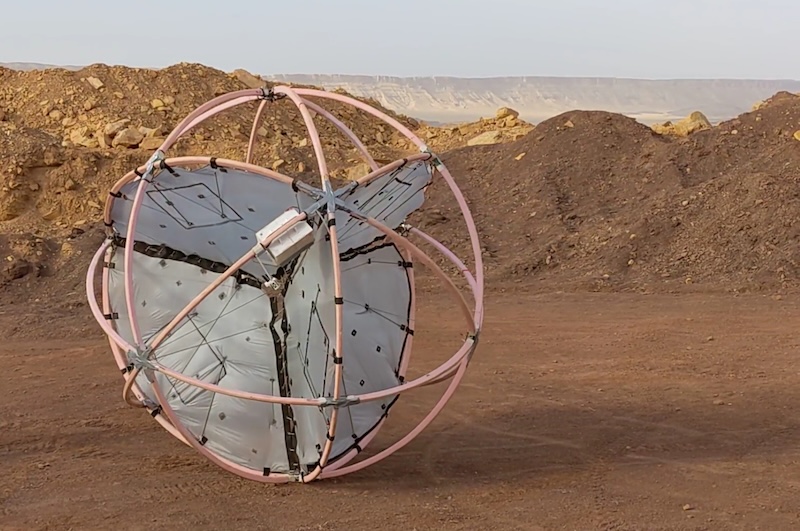
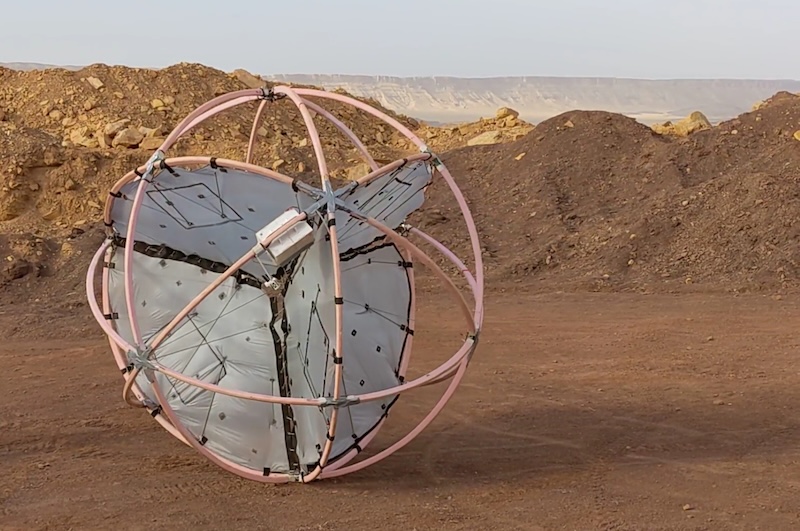
- Multiple rovers have explored Mars in the past couple of decades. But they are heavy and expensive. Is there another way?
- Tumbleweed rovers could travel vast distances and would be a less costly alternative, researchers in Austria and the Netherlands said.
- The spherical rovers would be powered by winds alone and carry a variety of instruments.
New Tumbleweed rovers could transform Mars exploration
Robotic rovers have become rather common on Mars in the past couple of decades. They are exciting missions, but expensive. On September 25, 2025, researchers in Austria and the Netherlands proposed a new way of exploring the red planet: spherical rovers called Tumbleweed rovers. These lightweight, low-cost rovers would roll around and be blown by the wind, just like tumbleweeds in a desert. The researchers – known as Team Tumbleweed – said swarms of the rovers could travel anywhere from a couple of hundred to nearly a couple of thousand miles (300-3000 km) and navigate a variety of terrains. The team used state-of-the-art wind tunnel and field tests on prototypes of the Tumbleweed rovers.
The researchers presented their test results at the Joint Meeting of the Europlanet Science Congress and the Division for Planetary Sciences (EPSC-DPS 2025) in Helsinki, Finland, in September. Two new paper abstracts are available, which you can read here and here.
Testing prototypes of Tumbleweed rovers
The researchers conducted tests of prototype tumbleweed rovers in both state-of-the-art wind tunnels and in a quarry. The Tumbleweed rovers are lightweight and use only the wind to move around. The latest testing has been successful, showing the concept is a viable means of exploring Mars. James Kingsnorth is the Head of Science at Team Tumbleweed and presented the results at the EPSC-DPS 2025 meeting in Helsinki. He is also the lead author on both papers. He said:
Recent wind-tunnel and field campaigns have been a turning point in the Tumbleweed rover’s development. We now have experimental validation that Tumbleweed rovers could indeed operate and collect scientific data on Mars.
? #EPSCDPS2025 press release: A swarm of spherical rovers, blown by the wind like tumbleweeds, could enable large-scale and low-cost exploration of the martian surface bit.ly/epscdps_tumblerover
— Europlanet (@europlanetmedia.bsky.social) 2025-09-28T07:29:11.129Z
Wind tunnel tests
The team conducted the week-long wind tunnel tests in July 2025 at Aarhus University’s Planetary Environment Facility in Denmark. While the actual rovers would be 5 meters (16 feet) in diameter, the prototypes had diameters of 30, 40 and 50 centimeters (12, 16 and 20 inches). Inside the wind tunnel, the researchers used various wind speeds and ground terrain. The atmospheric pressure was 17 millibars. That’s still a bit higher than on Mars itself (average of 6-10 millibars), but much less than the typical earthly air pressure of 1,013 mb at sea level.
The results were encouraging. With wind speeds of 9-10 meters (30-33 feet) per second, the rolling rovers could traverse a wide range of terrain. This included smooth and rough surfaces, sand, pebbles and boulder fields. All these terrains, of course, are common on Mars. The rovers could even climb up slopes of 11.5 degrees in the wind tunnel, which is equivalent to 30 degrees on Mars itself. As co-author Mário João Carvalho de Pinto Balsemão noted:
Experiments with the prototypes in the Aarhus Mars Simulation Wind Tunnel have provided big insights into how Tumbleweed rovers would operate on Mars. The results are conservative, as the weights of the scaled prototypes used in the experiments are exaggerated compared to the real thing, so the threshold wind speeds for setting the rovers rolling could be even less.
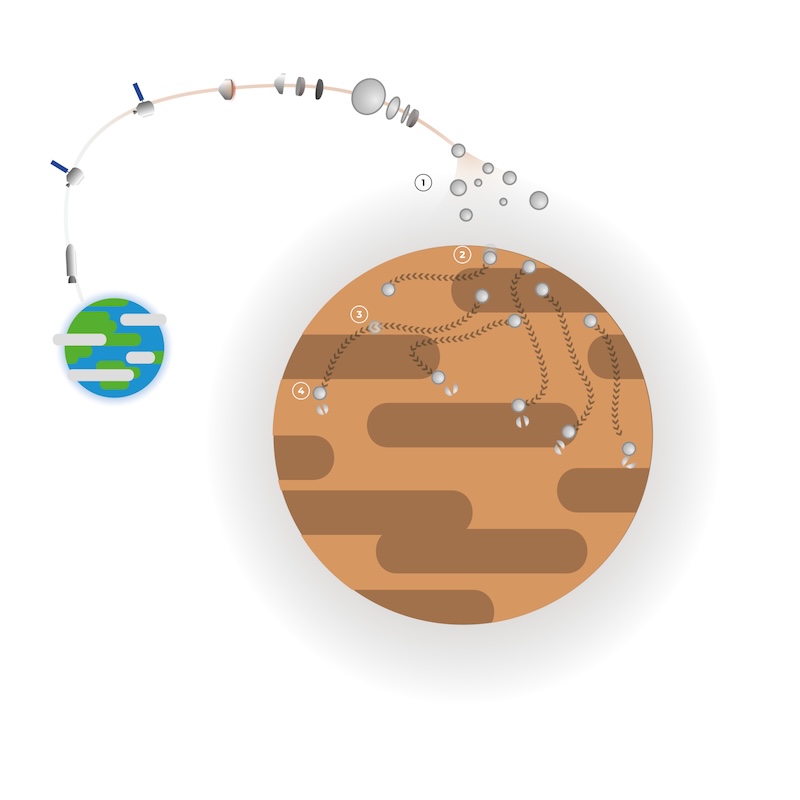
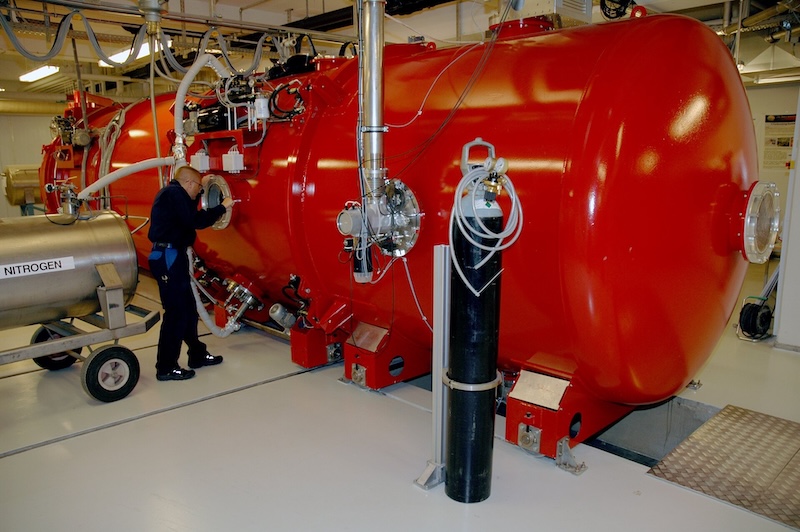
Field tests
The other tests involved deploying the prototypes in open-air terrain mimicking Mars. The team conducted these tests in April 2025 in an inactive quarry in Maastricht, the Netherlands. This time, the rover – the Tumbleweed Science Testbed – contained a payload bay of instruments. These were off-the-shelf sensors including a camera, magnetometer, inertial measurement unit and a GPS. This rover was smaller, at 2.7 meters (9 feet) diameter.
These tests were also successful. The rovers were able to gather data in real time, even while rolling over the terrain.

Traveling all over Mars with Tumbleweed rovers
Wind speeds are variable in Mars’ thin atmosphere, but they can reach 10 meters (33 feet) per second or more. This could help the rovers cover incredibly long distances. Balsemão said:
Data from Insight suggests that in Mars’s northern hemisphere during summer, daytime wind speeds are characterised by a wide distribution and are positively skewed toward higher wind speeds of around 10 meters per second (22 mph), and while the nights are calmer, speeds of more than 10 meters per second can sometimes be reached. The results from Aarhus support our modeling, which shows that an average Tumbleweed rover – following the daily shifts and day-night cycles of the wind – could travel about 422 kilometers (262 miles) over 100 Martian sols, with an average overall speed of about 0.36 kilometers per hour (.22 mph). In favorable conditions, the maximum range could be as much as 2,800 kilometers (1,740 miles).
Bottom line: Researchers in Europe have successfully tested prototypes of proposed Tumbleweed rovers for Martian exploration. The lightweight spherical rovers would use wind to move around.
Read more: Rosalind Franklin rover: Finding Mars life might be easy
Read more: Europe is testing self-driving Mars rovers
The post New Tumbleweed rovers could transform Mars exploration first appeared on EarthSky.
Stay Informed With the Latest & Most Important News
Previous Post
Next Post
-
 012024 in Review: Highlights from NASA in Silicon Valley
012024 in Review: Highlights from NASA in Silicon Valley -
 02Panasonic Leica Summilux DG 15mm f/1.7 ASPH review
02Panasonic Leica Summilux DG 15mm f/1.7 ASPH review -
 03From Polymerization-Enabled Folding and Assembly to Chemical Evolution: Key Processes for Emergence of Functional Polymers in the Origin of Life
03From Polymerization-Enabled Folding and Assembly to Chemical Evolution: Key Processes for Emergence of Functional Polymers in the Origin of Life -
 04How New NASA, India Earth Satellite NISAR Will See Earth
04How New NASA, India Earth Satellite NISAR Will See Earth -
 05And Thus Begins A New Year For Life On Earth
05And Thus Begins A New Year For Life On Earth -
 06Astronomy Activation Ambassadors: A New Era
06Astronomy Activation Ambassadors: A New Era -
07SpaceX launch surge helps set new global launch record in 2024














